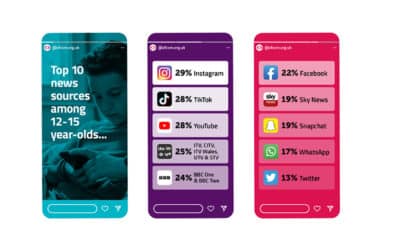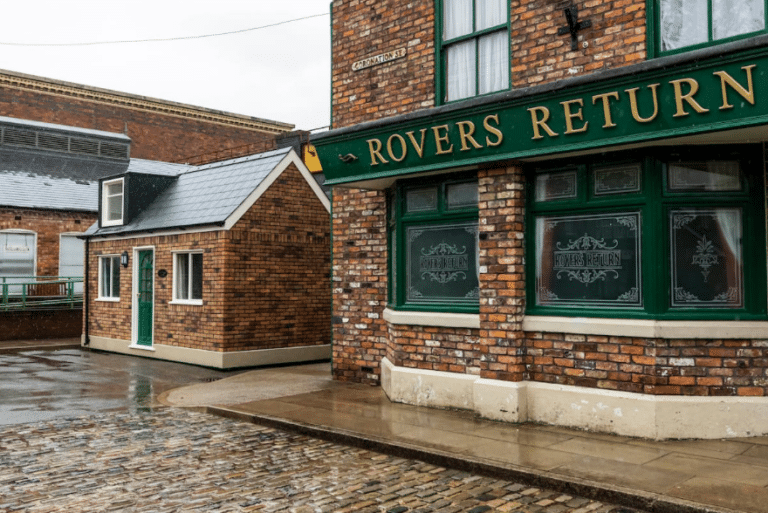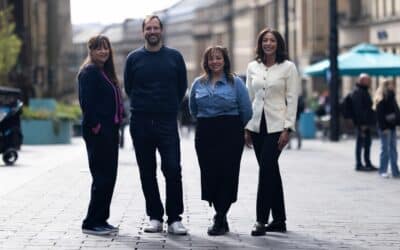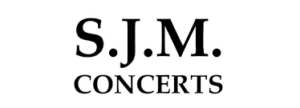New research has pointed to a “notable shift” in how viewers consume broadcast television.
Ofcom’s annual report into viewing and listening habits found a “steep decline” in the number of programmes attracting mass audiences. The number of programmes with more than 4m television viewers has halved over the last 8 years.
Researchers said the declines were a reflection of fewer people watching the early and late evening news bulletins and a steady decline in soap viewing. Since 2014 news programmes attracting more than 4m viewers fell 72% (from 537 to 148 programmes), while mass audience soap episodes fell 42% (from 754 to 438 programmes).
Of the top 5 most watched programmes in 2022, only 1 wasn’t a live event (The Tourist). England’s World Cup Quarter Final against France was top (16.1m), the Queen’s state funeral was second most watched (13.2m), followed by the Platinum Jubilee and I’m a Celebrity… Get me out of here.
In comparison, only 48 programmes averaged more than four million TV viewers on streaming platforms in 2022, with Netflix accounting for the vast majority.
Ofcom said with tens of thousands of episodes on the streaming services, it showed how fragmented the viewing landscape had become.
BBC One (20%) and ITV1 (13%) are still the top two first destinations for viewers when they turn on their TV, with Netflix coming in third (6%).
In addition, watching broadcasters’ content – either live, on recorded playback or streamed on-demand – still accounts for the greatest proportion of all time spent each day watching TV and video (60%, 2 hours 41 minutes per person, per day).
The importance of BBC and ITV is demonstrated by their VoD services – iPlayer and ITVX. ITVX now accounts for 10% of ITV’s total viewing, while the iPlayer grew to 18%.
PSBs
Even though figures are dropping 69% of viewers said they were “satisfied” with public service broadcasters.
They said they recognised their contribution in delivering ‘broadcast events that bring the nation together for a shared viewing experience’ – with sentiment increasing from 61% in 2021 to 65% in 2022.
In 2022, PSBs were able to return to full production schedules post Covid, so investment in first-run original programmes totalled £2.9bn, up 10.3% year on year, and 14.2% greater than in 2019, while hours broadcast climbed to their highest point since 2016 – totalling 32,712.
“Today’s viewers and listeners have an ‘all-you-can-eat’ buffet of broadcasting and online content to choose from, and there’s more competition for our attention than ever,” said Yih-Choung Teh, Group Director, Strategy and Research at Ofcom.
“Our traditional broadcasters are seeing steep declines in viewing to their scheduled, live programmes – including among typically loyal older audiences – and soaps and news programmes don’t have the mass-audience pulling power they once had.
“But despite this, public service broadcasters are still unrivalled in bringing the nation together at important cultural and sporting moments, while their on-demand players are seeing positive growth as they digitalise their services to meet audience needs.”
Teenage and young adult trends
Children and young adults under 25 have decreased their average daily broadcast viewing by 73% since 2012. For the first time 16-24 year olds watched less broadcast television than children aged 4-15.
The evidence suggested they only tune in to 1 or 2 shows a day – usually sport, popular entertainment or reality.
By comparison, teenage and young adults spend up to an hour a day on TikTok. In March 2023, 5.2m 15-24-year-olds visited TikTok.
This was followed by Snapchat (52 minutes), YouTube (48 minutes) and Instagram (25 minutes).
‘Snackable’ short-form video content lasting less than 10 minutes is particularly popular. Nearly seven in ten (68%) 15-24s claim to watch short-from videos daily, with YouTube the most popular destination for this kind of content.
Commercial Radio growth
88% of adults tune into live radio for an average of 20 hours each week across digital, analogue and online platforms.
For the first time commercial radio has taken a slight lead against the BBC, with a 51.4% share.
Smart speakers now account for a fifth of in-home radio listening (20%). A fifth of adults’ audio listening is to streamed music (21%), although this increases to 50% among 15-34s.
Around one in five adults (20%) listen to podcasts each week, with the increase largely driven by listeners aged 25-44. Older teens and younger adults, however, appear to be turning away from podcasts, with weekly listening among 15-24s falling to just under 22% in Q1 2023.











